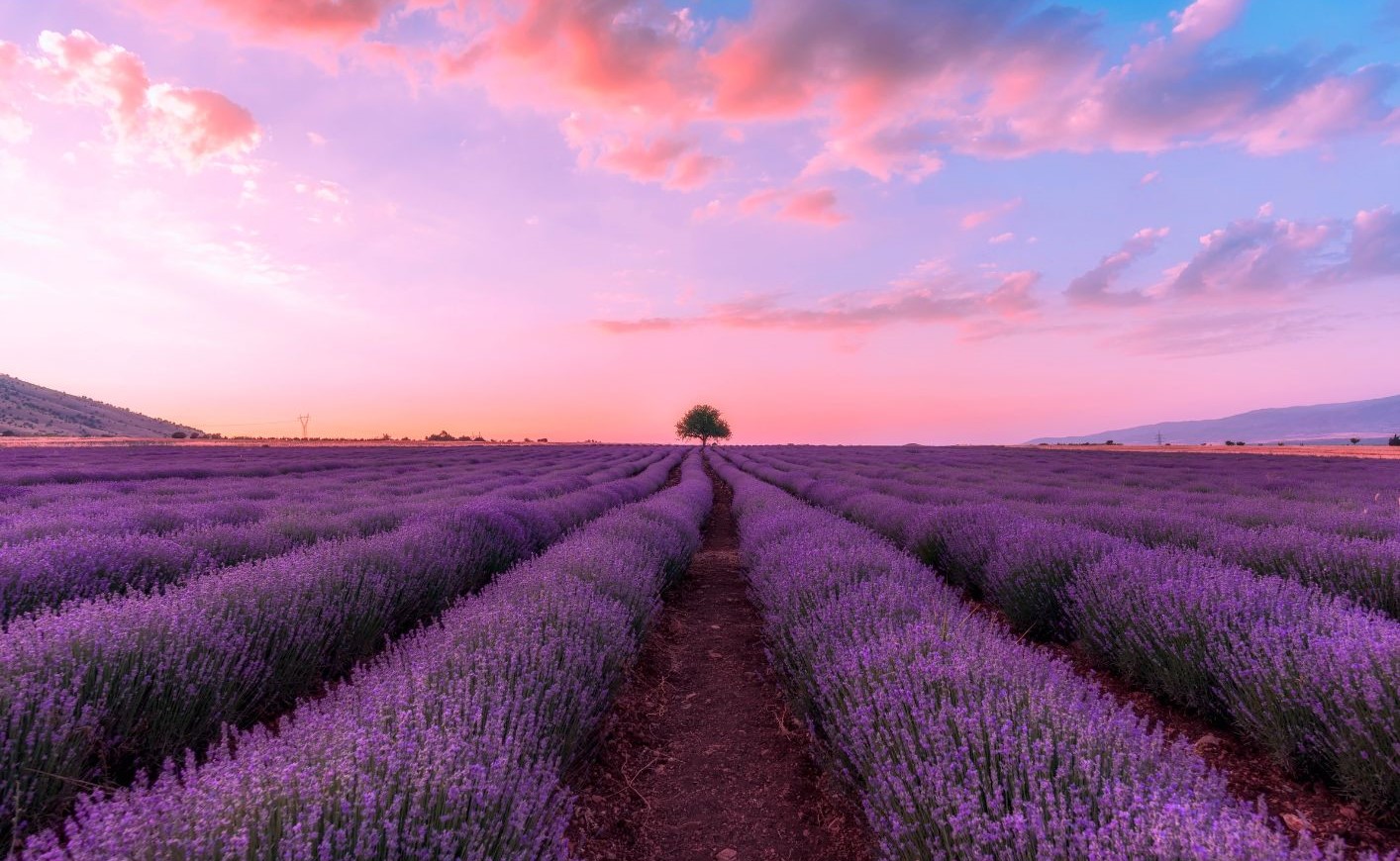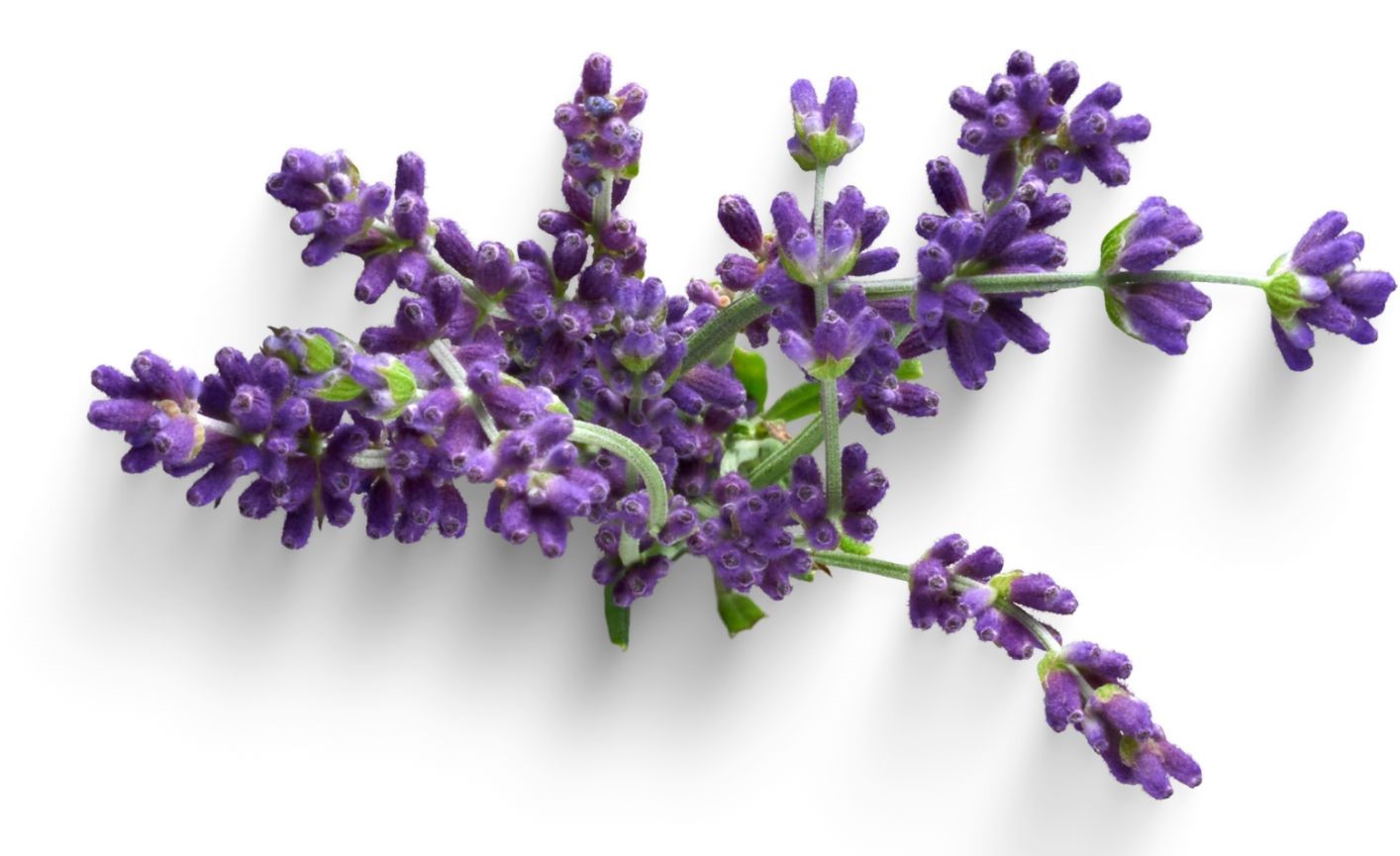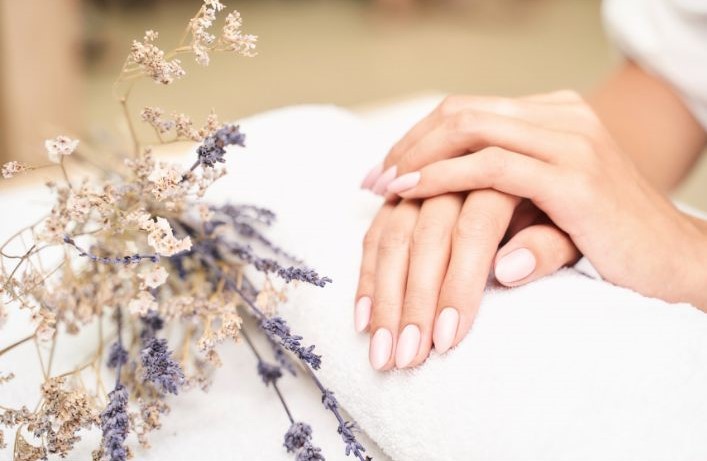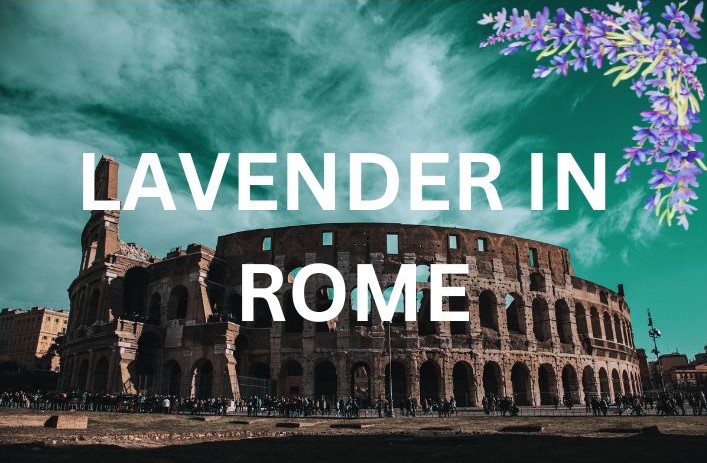Is Lavender a Flower?
Lavender is a popular herb and flower that is known for its calming scent and beautiful purple blooms. Learn more about lavender, including its benefits and how to grow it. Get with Rosies & Posies flower arrangements with lavender.

Is Lavender a Flower?

Lavender is a member of the mint family (Lamiaceae) and is native to the Mediterranean region. It is a perennial shrub that can grow up to 3 feet tall. Lavender has narrow, gray-green leaves that are covered in tiny star-shaped hairs and flowers. What does a Lavender Flower Look like? The flowers are in clusters of small, purple flowers and arranged in spikes at the tips of long stalks. Lavender (Lavandula) encompasses a diverse range of varieties that present a wide array of bloom times, colors, flower forms, and sizes.
Where does the Lavender Fragance comes from?
Lavender plants are adorned with tiny star-shaped hairs called trichomes, which can also be found on the stems and flowers. Inside these hairs are small glands responsible for the production of the famous fragrant lavender oil. Highly prized for its fragrance, this oil contains high concentrations of the chemical linalool.
What are the Benefits of Lavender?

Lavender has a number of benefits, including:
What does the Lavender Flower Symbolize?

Lavender flowers symbolize different qualities such as purity, tranquility, devotion, tranquility, grace and calmness. Primarily found in lavender, purple is often associated with royalty and conveys a sense of elegance, sophistication and luxury. Additionally, purple is associated with the crown chakra, an energy center associated with higher goals and spiritual harmony. In the Bible, lavender is mentioned over a hundred times by the Hebrews under the name spikenard or spikenard. The Hebrew word for lavender refers to the flower used as an offering in the Temple of Jerusalem.
How to Grow Lavender?
Lavender is a relatively easy plant to grow. It prefers full sun and well-drained soil. Lavender can be grown from seed or from cuttings. Although they do not usually produce seed, so it is more common to propagate by cuttings or by dividing the roots.
Is Lavender Flower Safe for Dogs?

Well, as much as we'd love to think that lavender is perfectly fine for our furry friends, the reality is that it can actually be harmful to dogs, especially if they happen to munch on it. So, that picturesque scene of your dog frolicking in a field of lavender might not be the best idea after all. Safety first, right?
Additionally, the scent of lavender can cause respiratory symptoms in certain dogs with an increased sense of smell. Both the lavender plant and its essential oil pose a hazard to pets, so it's important to keep lavender products away from your dog to prevent exposure to these toxins. Lavender has a calming effect and has been used medicinally for centuries, but its safety for dogs is not guaranteed. Lavender contains a compound called linalool, which is toxic to pets, including dogs. However, lavender's toxic effects are less common in dogs than in cats. Still, poisoning can occur when dogs consume large amounts of the lavender plant or its essential oil.
History of Lavender
Egypt

In ancient Egypt, lavender played an important role in antiseptic treatments and cosmetics. When Tutankhamun's tomb was discovered, a jar containing an ointment containing a lavender-like substance was discovered. These ointments were used exclusively by royalty and high priests as cosmetics, massage oils, and medicines. A wealthy man would even place a solid cone of this ointment on his head and let it melt to cover his body with the scent.
Greece

The Greeks learned much about the use of perfumes and aromatic substances from the Egyptians. The Greek physician Theophrastus (3rd century BC) wrote about the therapeutic effects of scents in his book On Smells. Unlike the ancient Egyptians, who anointed their heads with oil, the Greek philosopher Diogenes preferred to anoint his feet, stating: But when you rub it on your lower leg, it wraps around your body and comfortably rises up to your nose. Anacreon suggested anointing the chest, as it was believed to be the location of the heart.
Rome

In ancient Rome, lavender was highly valued for its healing and antiseptic properties, as well as its insect repellent and laundry use. The first documented mention of the medicinal use of lavender dates back to 77 AD, the Greek military physician Dioscurides. Dioscurides, who served the Roman emperor Nero, collected medicinal plants from different parts of the Mediterranean. In a five-volume work entitled "De Materia Medica", he described these plants and explained their medicinal uses. Dioscorides said taking lavender internally helped ease indigestion, headaches and sore throats. Externally, it was used for cleaning wounds, treating burns, and treating various skin diseases. Roman soldiers carried lavender to heal their battle wounds. Lavender was sprinkled on floors to freshen the air and was used as incense in hospital rooms and in religious ceremonies. Greek author and encyclopedia Pliny the Elder mentioned the benefits of lavender in relieving menstrual cramps, upset stomach, kidney disease, jaundice, hydrops, and insect bites. Elaborate perfumes were prevalent among the Romans, who used aromatic oils on their hair, bodies, clothes, beds, baths, banners, and even the walls of their homes. One of his most famous fragrances his oils was Nardinum, which also contained lavender. Women hung lavender by their beds to evoke passion.
Arab
The foundation laid by Dioscorides' Materia Medica influenced Arab physicians who read Syriac and Old Persian translations. Around the 7th century AD, the Arabs dominated Mediterranean culture and brought medical knowledge to Spain, from where it spread to the rest of Europe. Their most revered physician, Avicenna (980 AD – 1037 AD), also known as Abu Ali Sina, mentioned the healing properties of lavender. Originally, some varieties of lavender were thought to have been domesticated in Arabia.
Lavender is a beautiful and versatile plant that has a number of benefits. If you are looking for a calming and relaxing herb, lavender is a great choice.
Rosies & Posies Florist has a wide variety of lavender color flower arrangements to choose from. Our arrangements are perfect for any occasion. Order online today!

